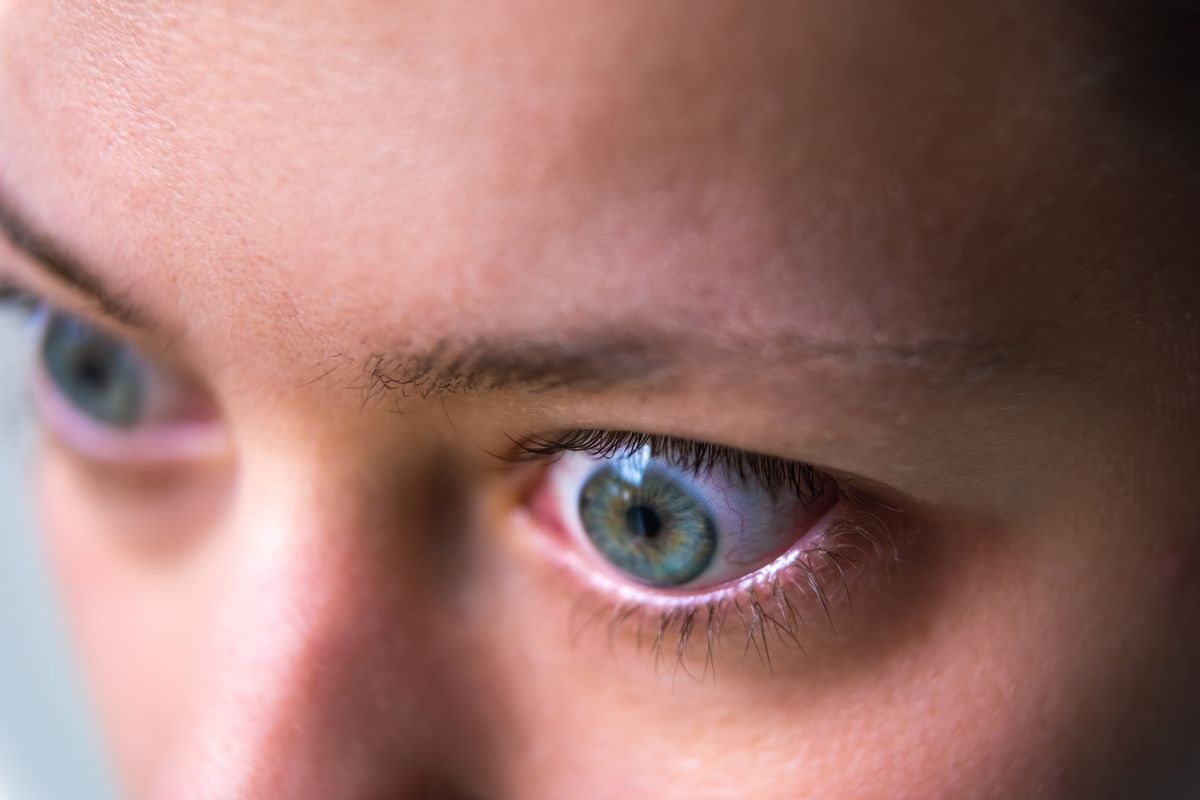
Tolosa–Hunt Syndrome is a rare disorder that can cause severe headaches and eye pain. This condition affects the area around the cavernous sinus, a cavity at the base of the brain. People with this syndrome often experience double vision, drooping eyelids, and sometimes even loss of eye movement. Tolosa–Hunt Syndrome can be tricky to diagnose because its symptoms mimic other conditions. However, early detection is crucial for effective treatment. The exact cause remains unknown, but inflammation plays a significant role. Treatment usually involves corticosteroids, which can provide relief within days. Understanding this syndrome can help those affected manage their symptoms better.
Key Takeaways:
- Tolosa–Hunt Syndrome causes severe headaches and eye pain due to nerve inflammation. Early diagnosis and corticosteroid treatment can provide relief and improve quality of life.
- Living with Tolosa–Hunt Syndrome requires stress management, support from healthcare providers, and a healthy lifestyle. Joining support groups and tracking symptoms can also help manage the condition.
What is Tolosa–Hunt Syndrome?
Tolosa–Hunt Syndrome (THS) is a rare disorder characterized by severe headaches and eye pain. It involves inflammation of the cavernous sinus or superior orbital fissure, which can affect the nerves controlling eye movement.
- THS is named after Dr. Eduardo Tolosa and Dr. William Hunt, who first described the condition in 1954.
- It primarily affects the cranial nerves, specifically the third, fourth, and sixth nerves, leading to eye movement issues.
- The exact cause of THS remains unknown, but it is believed to be related to an autoimmune response.
- THS is considered a rare condition, with an estimated incidence of one case per million people annually.
- Both men and women can develop THS, typically between the ages of 20 and 50.
Symptoms of Tolosa–Hunt Syndrome
Recognizing the symptoms of THS is crucial for early diagnosis and treatment. The symptoms can be quite debilitating and often mimic other conditions.
- Severe, sharp pain around one eye is a hallmark symptom of THS.
- Double vision, or diplopia, often occurs due to the involvement of cranial nerves.
- Eyelid drooping, known as ptosis, can be observed in affected individuals.
- Some patients experience a loss of sensation in the forehead or scalp.
- Symptoms can come on suddenly and may last for weeks or even months if untreated.
Diagnosis of Tolosa–Hunt Syndrome
Diagnosing THS can be challenging due to its rarity and the similarity of its symptoms to other conditions. A thorough evaluation by a neurologist is often required.
- Magnetic Resonance Imaging (MRI) is commonly used to detect inflammation in the cavernous sinus.
- Blood tests may be conducted to rule out other causes of similar symptoms, such as infections or tumors.
- A lumbar puncture, or spinal tap, might be performed to examine cerebrospinal fluid for signs of inflammation.
- The International Headache Society has specific criteria for diagnosing THS, including the presence of unilateral headache and cranial nerve palsies.
- Early diagnosis is essential to prevent long-term complications and to start appropriate treatment.
Treatment Options for Tolosa–Hunt Syndrome
Effective treatment can significantly improve the quality of life for those with THS. Most treatments focus on reducing inflammation and managing pain.
- Corticosteroids are the primary treatment for THS, often leading to rapid symptom relief.
- Some patients may require immunosuppressive drugs if corticosteroids are ineffective or cause severe side effects.
- Pain management strategies, including medications and physical therapy, can help alleviate discomfort.
- Regular follow-up with a healthcare provider is necessary to monitor the condition and adjust treatment as needed.
- In rare cases, surgical intervention may be required to relieve pressure on affected nerves.
Living with Tolosa–Hunt Syndrome
Living with THS can be challenging, but with proper management, individuals can lead fulfilling lives. Support from healthcare providers and loved ones is crucial.
- Patients are encouraged to maintain a healthy lifestyle, including a balanced diet and regular exercise.
- Stress management techniques, such as meditation and yoga, can help reduce the frequency and severity of symptoms.
- Joining a support group can provide emotional support and practical advice from others who understand the condition.
- Keeping a symptom diary can help track triggers and the effectiveness of treatments.
- Educating family and friends about THS can foster a supportive environment and improve the patient's overall well-being.
Final Thoughts on Tolosa–Hunt Syndrome
Tolosa–Hunt Syndrome (THS) is a rare condition causing severe headaches and eye pain due to inflammation in the cavernous sinus or superior orbital fissure. Early diagnosis is crucial for effective treatment, often involving corticosteroids to reduce inflammation. Though the exact cause remains unknown, THS can be managed with proper medical care. Awareness and understanding of this syndrome can help those affected seek timely medical attention, improving their quality of life. If you or someone you know experiences persistent eye pain or headaches, consult a healthcare professional for an accurate diagnosis. Knowledge about THS empowers patients and caregivers to make informed decisions, ensuring better health outcomes. Stay informed, stay proactive, and don't hesitate to seek medical advice when needed.
Frequently Asked Questions
Was this page helpful?
Our commitment to delivering trustworthy and engaging content is at the heart of what we do. Each fact on our site is contributed by real users like you, bringing a wealth of diverse insights and information. To ensure the highest standards of accuracy and reliability, our dedicated editors meticulously review each submission. This process guarantees that the facts we share are not only fascinating but also credible. Trust in our commitment to quality and authenticity as you explore and learn with us.
